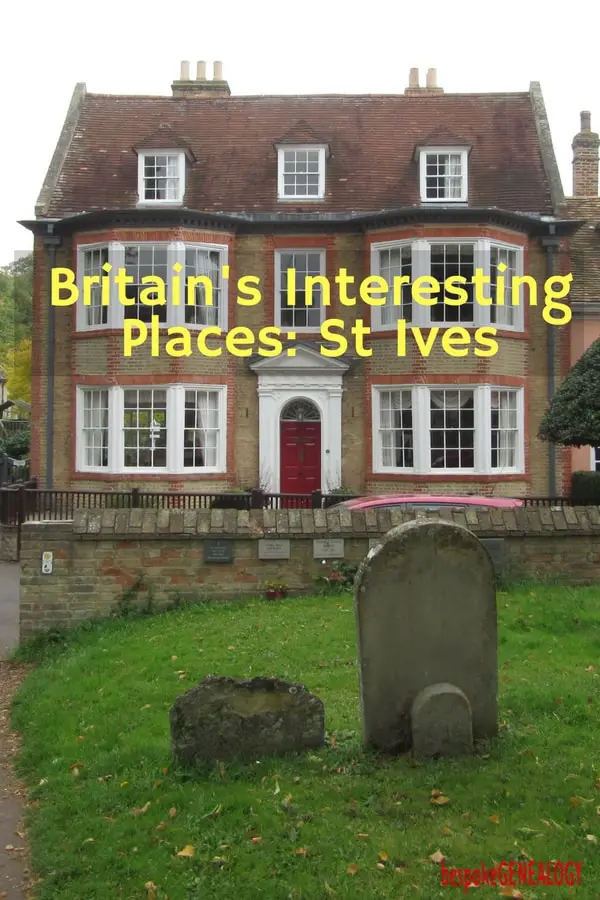
This is part of a series looking at Britain’s interesting places not normally visited by tourists. There are two towns in England called St. Ives, the most well known is probably the fishing town in Cornwall famous for early twentieth century artists. However, I’m going to look at the other, inland, one which is also well worth a visit. It is in the county of Cambridgeshire, 15 miles west of Cambridge and can be reached from there by road via the A14 highway or by public transit using the innovative guided bus system.
St Ives is an ancient town and was listed in William the Conqueror’s Domesday Book of 1086. It was then called Slepe, but became known as St. Ives after a Persian ecclesiastic who visited England in the 6th century and who was buried in the town. A Priory (no longer standing) was built over the grave and gave the town its new name.
Probably the most interesting thing to see in St Ives is the ancient bridge over the charming River Ouse. The current bridge was built in the 1420s by the monks of nearby Ramsey Abbey and has a, now very rare, chapel built into the middle of it. Chapels on bridges were once fairly common and it’s where travelers would pray for a safe journey and often pay a toll. After Henry VIII’s dissolution of the Monasteries, St Ives Priory was closed down and the last Prior was allowed to live in the chapel on the bridge which was converted to a private residence. Two extra floors were added and in the 1800s it became a notorious pub (and a rumoured brothel). The top two floors were removed and the chapel restored to its current state in 1930.
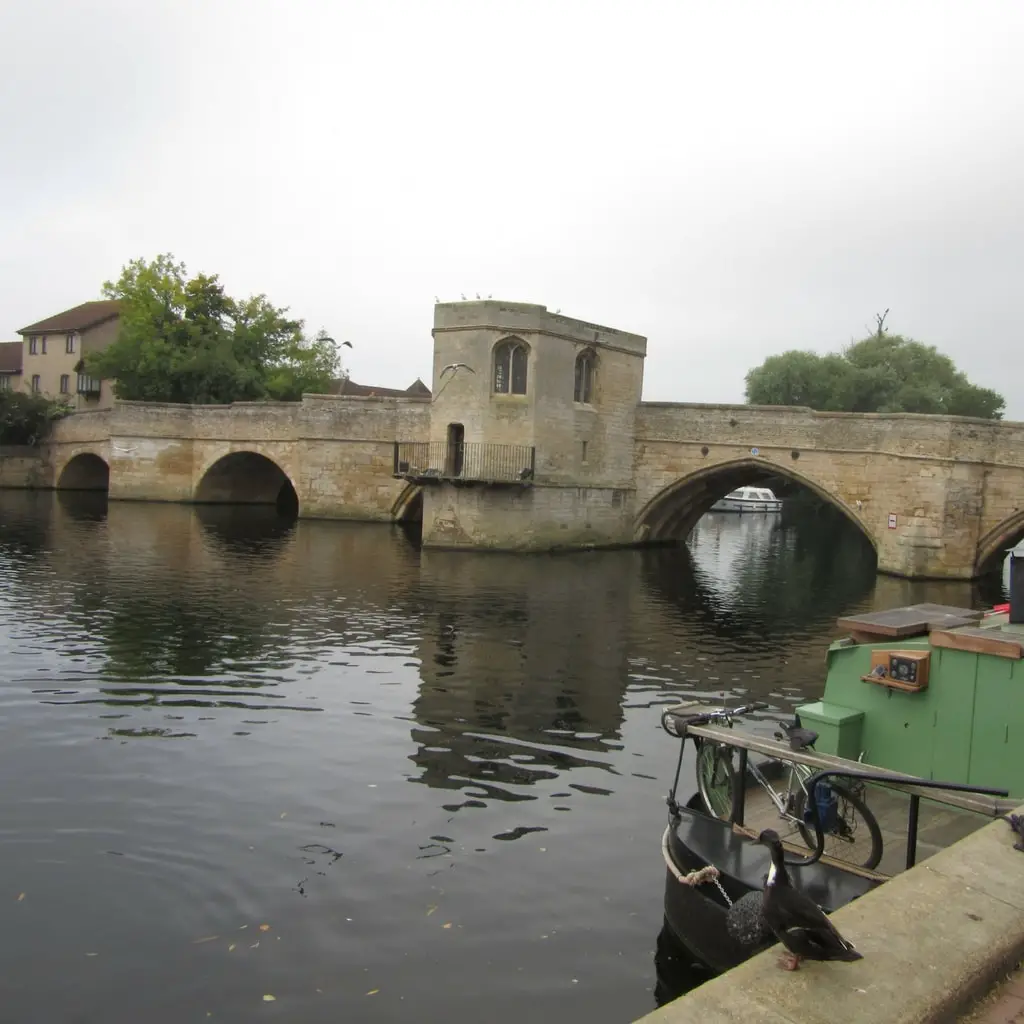
St Ives Bridge
The chapel is now looked after by the local Norris Museum who you should contact in advance for access if you want to look at the interior.
If you look at the arches of the bridge, you’ll notice that the two on the left hand side are different to the others. This is because during the English Civil War, Oliver Cromwell’s army, who held the town, fearing an invasion from Royalist forces from the south, demolished that part of the bridge and built a drawbridge. The invasion never happened, but the bridge wasn’t restored to its current state until 1746.
The bridge was used as part of the main route into the town from the Cambridge direction until as recently as 1980 when the town bypass was built. I can well remember the traffic congestion that this bridge caused.
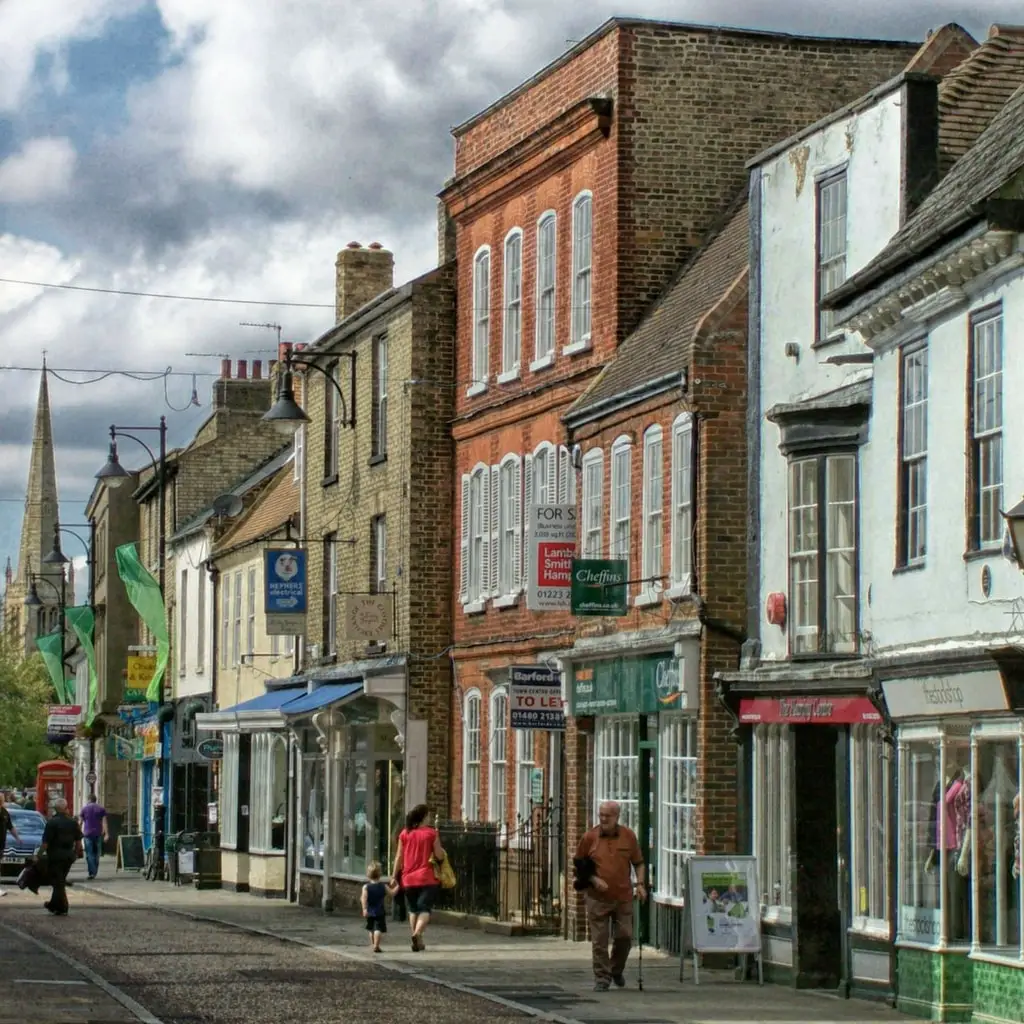
St Ives Town Centre
A stroll along the riverside and then round the historic town is a very pleasant activity. St Ives has been a market town since it received a Royal charter by Henry I. Markets are still held on Mondays (there is also a smaller one on Fridays).
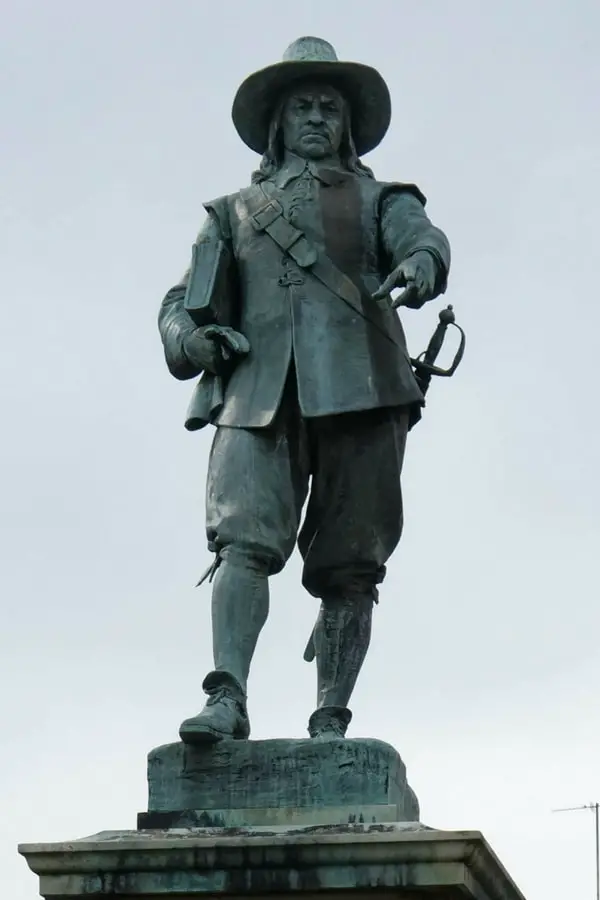
Oliver Cromwell’s Statue, St Ives (By Spaully – Own work, CC BY-SA 3.0, https://commons.wikimedia.org/w/index.php?curid=19262154)
The statue of Oliver Cromwell in Market Hill was originally intended to be erected in nearby Huntingdon in 1899 to mark the 300th anniversary of his birth. Cromwell was born in Huntingdon. However, the town was unable to raise the money, still being staunchly Royalist, so it was offered to St Ives. The citizens of St Ives, being more puritanical, were able to find the cash and it was unveiled, two years late, in 1901.
The small and free Norris Museum on The Broadway is worth a visit to learn more about the history of the area and buy some local books.
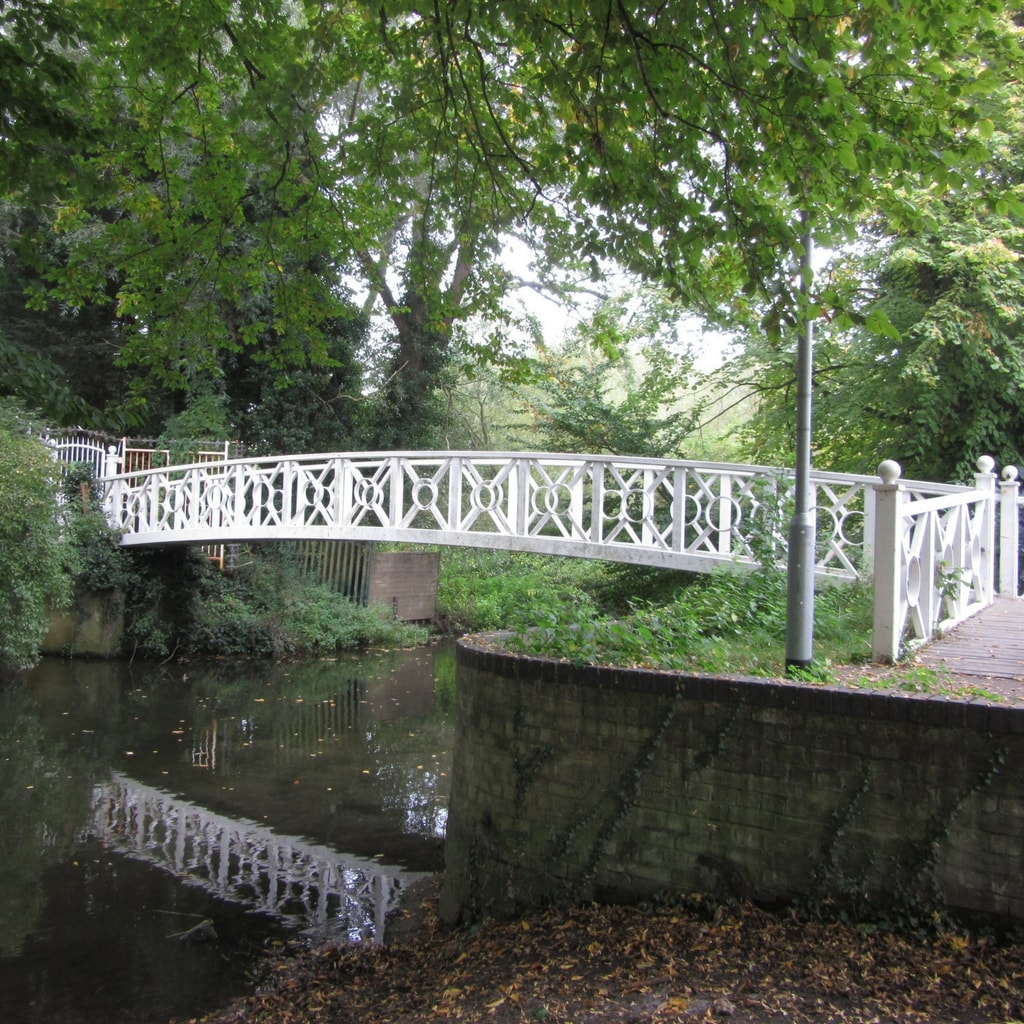
Footbridge to Holt Island, St Ives
Finally, if you are in St Ives at the weekend or on a public holiday between April and September you can visit the Holt Island Nature Reserve. The way in is via the attractive Chinese style footbridge behind All Saints Church. More information about Holt Island can be found here.
For more things to see and do in St Ives, visit Philip Grosset’s St Ives website.
There are plenty of shops, cafes, restaurants and pubs in the town, so have a wander and enjoy St. Ives.
Pinterest Pins:

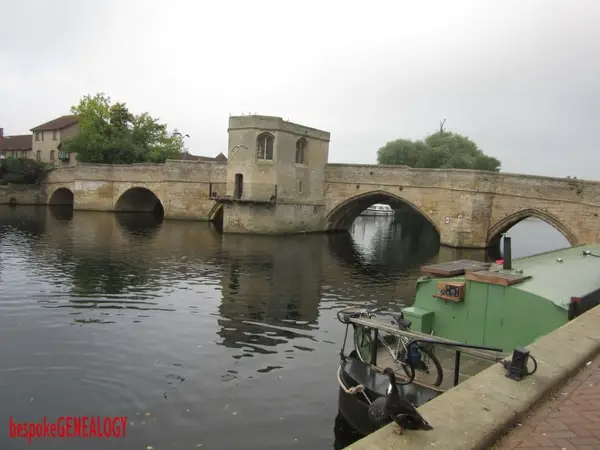
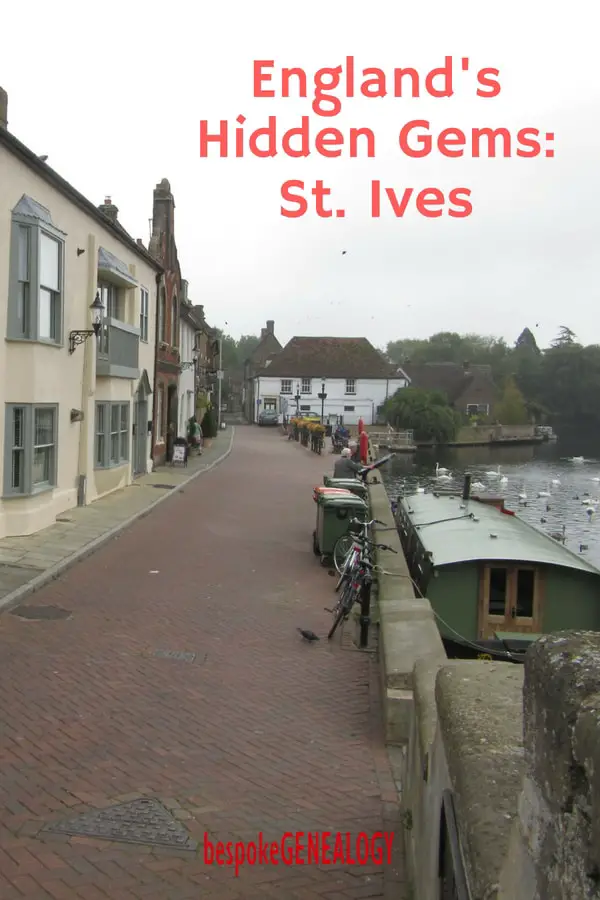

Leave A Comment